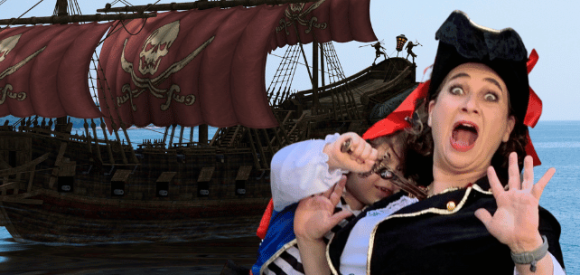Improv is about PLAYING Shortform improv is about PLAYING theater games (or parlor games?). The purpose is to entertain. To escape reality. Longform improv is about PLAYING scenework games. The purpose is to tell the truth. To see reality. Narrative Longform is about PLAYING story games. The purpose is to make meaning. To understand reality. At least that’s an idea I’m toying with right now. What do you think? Too reductive? Too hierarchical? Or is there something there? Playing story games sounds a little bit like what children do to make sense of the world–play make believe. What does it mean to play story games? In her book Story Genius: How to Use Brain Science to go Beyond Outlining and Write a Riveting Novel, Lisa Cron says: “A story is about how the things that happen affect someone in pursuit of a difficult goal, and how that person changes internally as a result.” Stories are about characters being changed over time. We are all natural storytellers. It’s how our brains work. It’s how we understand the world. When we aren’t given a story about why something has happened, we make one up! Stories are as ancient as language and as modern as virtual reality. Traditionally, when we are writing stories, we might start with the idea of the climax of the story—a teenage girl and a vampire fall in love. Then we work backwards, thinking of the back story of the characters—a teenage girl who is new to a small Pacific Northwest town, forced to move in with her estranged father, the sheriff. A 200-year-old vampire in a 17-year-old boy’s body, living with a chosen family who have all vowed to be “vegetarian” only consuming animal blood. The writer might need more obstacles, so they sprinkle in a rival werewolf clan and a tracker vampire out to kill the teenage girl. (Okay, my Twilight references are a little outdated, but you get it.) On the other hand, in an improvised show, we don’t start with the big idea that will change the characters. Instead we start with an opening offer–maybe it’s the scoring of a musical improviser as the lights come up. Maybe it’s a sole improviser doing some space work of tidying up the house. Maybe it’s players walking onstage mid-conversation about the unusually sunny weather. Improvisers start with a small idea, then yes-and that by adding some more connected offers, playing out the scene, raising the stakes and looking for opportunities to be changed. In improv we don’t make the right choice, we make the choice right by how we respond to it. In improvised stories we don’t have the luxury of drafts and editing to figure out what the story is about. We have to compose the story in real time. So we can take any of the main elements of a story: characters, locations, time, emotions, plot structure, edits and tone—and use any one of them as a starting point to create a story. Each of these elements can be used to show characters being changed over time. We invite students to try them out, see them as a menu to choose from, and see which ones might be easy or accessible for them. What kind of things do you notice when you are watching a scene and thinking about the next scene to initiate? This might unlock your path to performing intuitive narrative longform stories.  When learning how to perform narrative longform, any one of these items can be a pathway to creating compelling stories. That’s precisely what we cover in Improv 501 and 601–how to piece together scenes to create a cohesive story. And in March 2023–for the first time in years–we had an Improv 601 Graduation Show! Tyler Brycelove’s students performed A Slice of Heist, where everyday people come together to plan and execute the perfect heist. As these students completed their year-long study, last session we had over 70 Improv 101 Students starting our classes and learning the fundamentals about the Spirit of Play. (Our Improv 601 Graduates have been held over for one more show, so if you missed it come see A Slice of Heist on April 15th!) When learning how to perform narrative longform, any one of these items can be a pathway to creating compelling stories. That’s precisely what we cover in Improv 501 and 601–how to piece together scenes to create a cohesive story. And in March 2023–for the first time in years–we had an Improv 601 Graduation Show! Tyler Brycelove’s students performed A Slice of Heist, where everyday people come together to plan and execute the perfect heist. As these students completed their year-long study, last session we had over 70 Improv 101 Students starting our classes and learning the fundamentals about the Spirit of Play. (Our Improv 601 Graduates have been held over for one more show, so if you missed it come see A Slice of Heist on April 15th!)Whatever level of improv you study, it should be FUN. There are all kinds of fun–fun that is easy and silly. Fun that comes from focus and elegance. Fun that comes from hard work and persistence and pushing past your limits. Now that we are expanding all over Austin in our 20th year, come and JOIN THE FUN! |
 |

